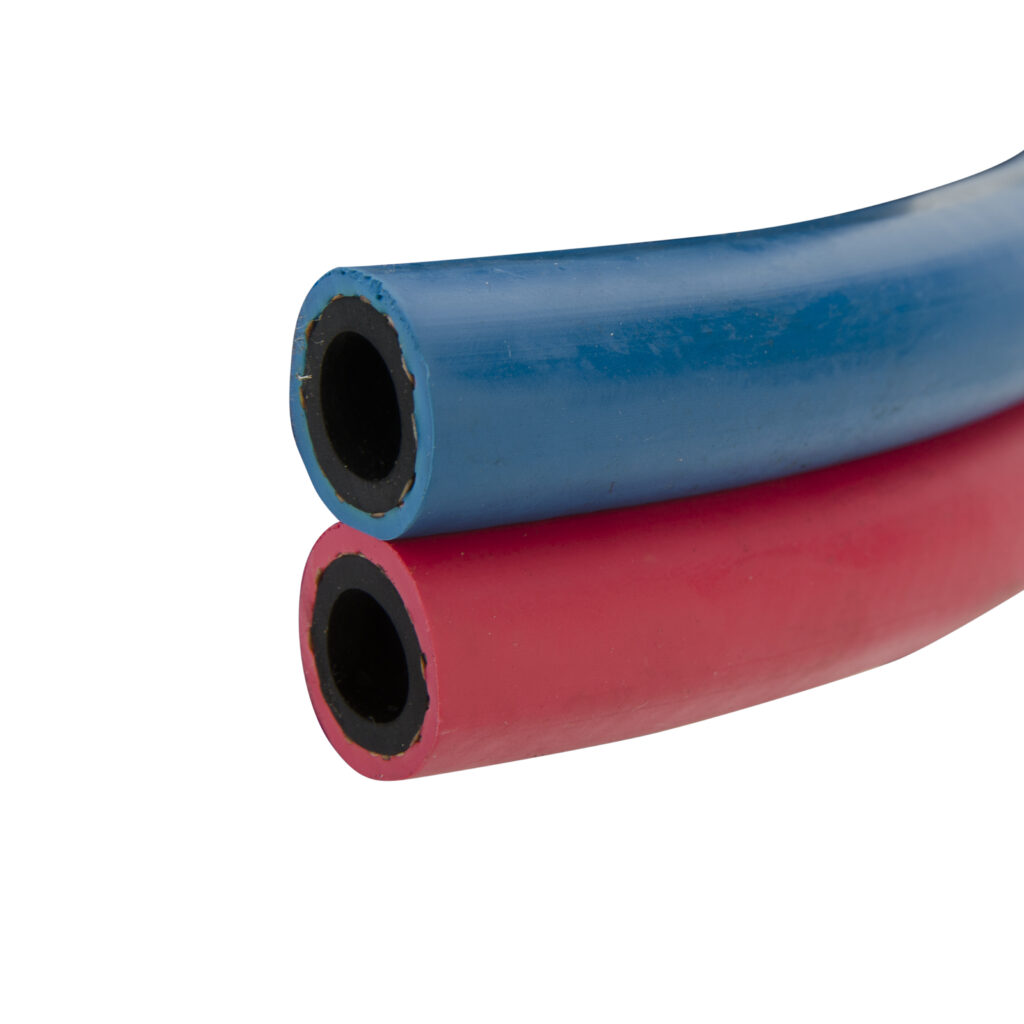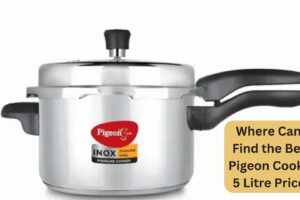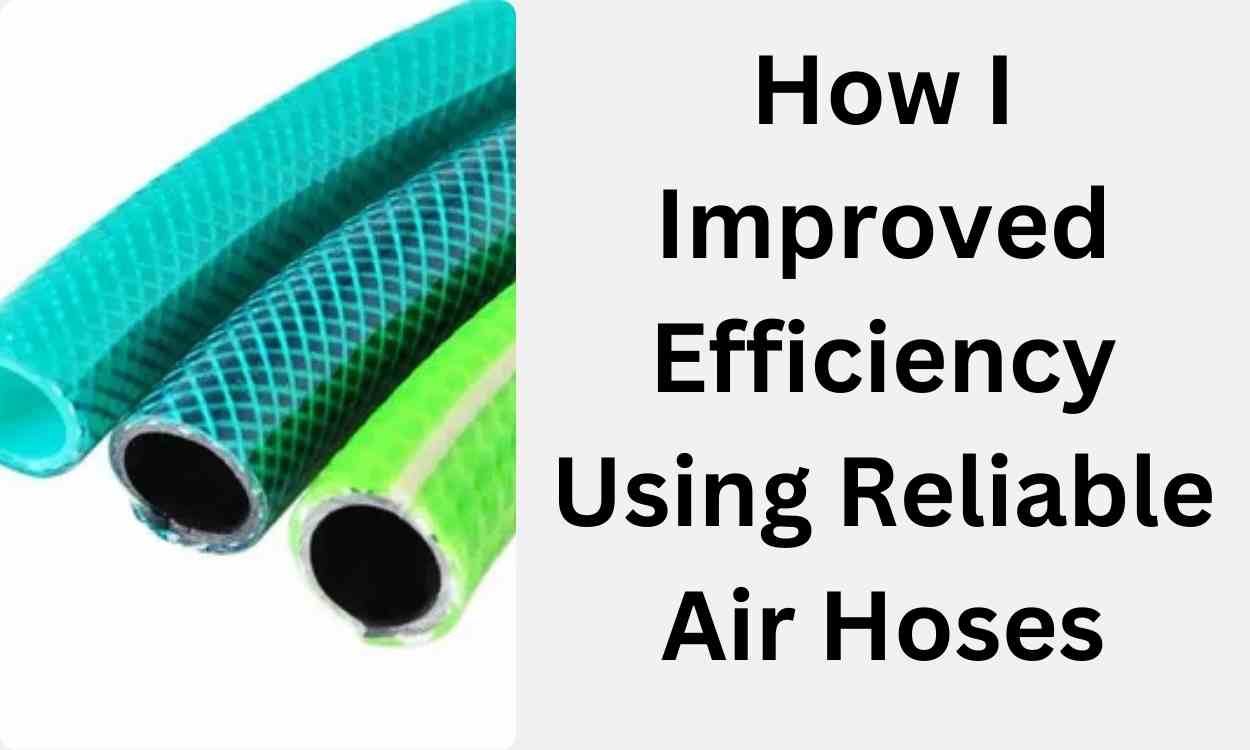Improving work efficiency is essential in any industry, especially when using tools powered by compressed air. One simple but often overlooked way to boost efficiency is by using the right air hoses. Air hoses connect air compressors to your tools and equipment, playing a key role in how well everything works. Choosing reliable air hoses has made a big difference in my workflow, saving time and reducing problems. In this blog, I’ll share how switching to high-quality air hoses improved my work efficiency and why you should consider upgrading your air hoses too.
NOTE : If you’re still using old or unreliable air hoses, now is the perfect time to upgrade. Reliable air hoses can change how you work, saving you time and helping you achieve better results. Take a look at your current setup and make the switch to a high-quality air hose today. You’ll notice the improvement in your efficiency right away!

The Importance of Using Reliable Air Hoses
You might think all air hoses are the same, but that’s not true. The quality and type of air hose you use can impact the performance of your tools and how smoothly your work goes. Reliable air hoses ensure consistent airflow, reduce pressure drops, and prevent issues like kinks or leaks that can disrupt your work. They are essential for anyone who relies on air-powered tools, from auto mechanics and carpenters to home DIY enthusiasts.
How I Chose the Right Air Hoses
Before I saw the benefits of using reliable air hoses, I faced common problems like reduced air pressure, unexpected leaks, and hoses that cracked or tangled easily. After dealing with these issues, I decided to find air hoses that would meet my needs better. Here’s what I looked for and how it made a difference.
1. Picking the Right Material
The material of an air hose greatly affects its performance and lifespan. Here’s a breakdown of the main types I considered:
Rubber Air Hoses: Rubber hoses are known for their flexibility and durability. They are less likely to crack and can withstand rough handling. I found that rubber hoses remained flexible even in colder weather, which was great for my garage work. The downside was that they were heavier, but the strength and reliability made up for that.
PVC Air Hoses: PVC hoses are light and affordable, but they can be stiff and are more prone to kinking, especially in cold weather. For light tasks, they worked fine, but I needed something more flexible for more extensive use.
Polyurethane Air Hoses: These are lightweight, flexible, and resistant to kinks. Polyurethane hoses performed well in both hot and cold temperatures, and I appreciated how easy they were to move around.
Hybrid Air Hoses: Hybrid air hoses combine the benefits of multiple materials, like rubber and PVC. I found that hybrid hoses were lightweight and flexible, making them a good choice for daily use. They provided the balance I needed between strength, flexibility, and ease of handling.
Conclusion: I ended up choosing a hybrid air hose because it provided the best mix of flexibility and durability. It was easy to use, even over long work sessions, and didn’t kink or twist.
2. Choosing the Right Length
Air hoses come in different lengths, and it’s important to pick one that matches your work area.
Short Hoses (Under 25 Feet): Shorter hoses are great for small workspaces where the distance between the air compressor and the tool is short. They are easy to manage and have minimal pressure drop.
Medium-Length Hoses (25-50 Feet): For my garage, a medium-length hose was perfect. It provided enough reach to move around comfortably without losing much air pressure.
Long Hoses (Over 50 Feet): Long hoses are useful for larger work areas like workshops or construction sites. However, the longer the hose, the more the air pressure drops. To make up for this, you may need a more powerful air compressor.
Conclusion: I chose a 50-foot air hose. It gave me enough length to reach all parts of my garage without a significant drop in pressure. This improved my efficiency because I didn’t have to move the compressor around as much.
How Reliable Air Hoses Improved My Efficiency
Once I had the right air hose, I immediately noticed some major improvements in my work:
1. Better Airflow and Consistent Pressure
One of the most noticeable changes was consistent airflow. My old hoses often lost pressure or leaked air, causing my tools to work poorly. With a reliable air hose, the airflow was steady, and my tools operated at their full capacity. This made my work faster and more precise.
2. Reduced Downtime
Before switching, I often had to stop and fix issues like kinks, tangles, or small leaks. This wasted time and interrupted my workflow. Reliable air hoses are designed to resist these problems. With a high-quality hose, I spent less time troubleshooting and more time getting work done.
3. Easier Handling and Storage
The hybrid hose I chose was lightweight and flexible. It was easy to move around my workspace, which made my job less tiring. When I was done, the hose coiled up easily and didn’t tangle. Proper storage and ease of handling meant I could set up and clean up quickly, saving even more time.
4. Durability and Long Life
A reliable air hose lasts longer, which means fewer replacements and lower long-term costs. My previous hoses often cracked or wore out after a few months of heavy use. With my new air hose, I noticed fewer signs of wear, even after extensive use. This durability has saved me money and reduced the hassle of buying replacements.
Maintenance Tips for Air Hoses
Even the best air hoses need some care to perform their best. Here are some maintenance tips that have helped me keep my air hoses in great condition:
- Regular Inspections: Check your air hose regularly for any signs of damage, such as cracks, holes, or weak spots. Fixing small issues early can prevent bigger problems.
- Clean After Use: Wipe down your air hose after using it to remove dirt and debris. This prevents buildup that could cause damage over time.
- Proper Storage: Store your air hose coiled in a clean, dry space. Avoid hanging it by its fittings, as this can cause stress on the connections.
- Avoid Sharp Bends: Sharp bends can weaken the hose over time. Always coil your hose loosely and avoid tying it in knots.
Common Mistakes to Avoid When Using Air Hoses
When using air hoses, there are a few mistakes to avoid to get the best performance:
- Choosing the Wrong Material: Don’t pick a hose material that isn’t suited for your work environment. For instance, PVC hoses can be problematic in cold weather as they become stiff and prone to kinking.
- Ignoring Length Needs: Buying a hose that’s too short or too long can affect how well you can work. Measure your space and choose accordingly.
- Skipping Maintenance: Even the best hose can wear out if not cared for. Regular maintenance keeps it in top shape.
- Overusing a Worn Hose: Continuing to use an air hose with cracks or leaks can damage your tools and reduce efficiency.
Final Thoughts on Choosing Reliable Air Hoses
Switching to reliable air hoses made a significant difference in my workflow. The right air hose improved my tools’ performance, reduced downtime, and made my work more efficient and enjoyable. The investment in a high-quality hose has paid off through better work output and fewer frustrations. Whether you’re a professional or someone who loves DIY projects, choosing the best air hose for your needs can make your tasks smoother and more efficient.
For more insightful articles related to this topic, feel free to visit unbusinessnews









